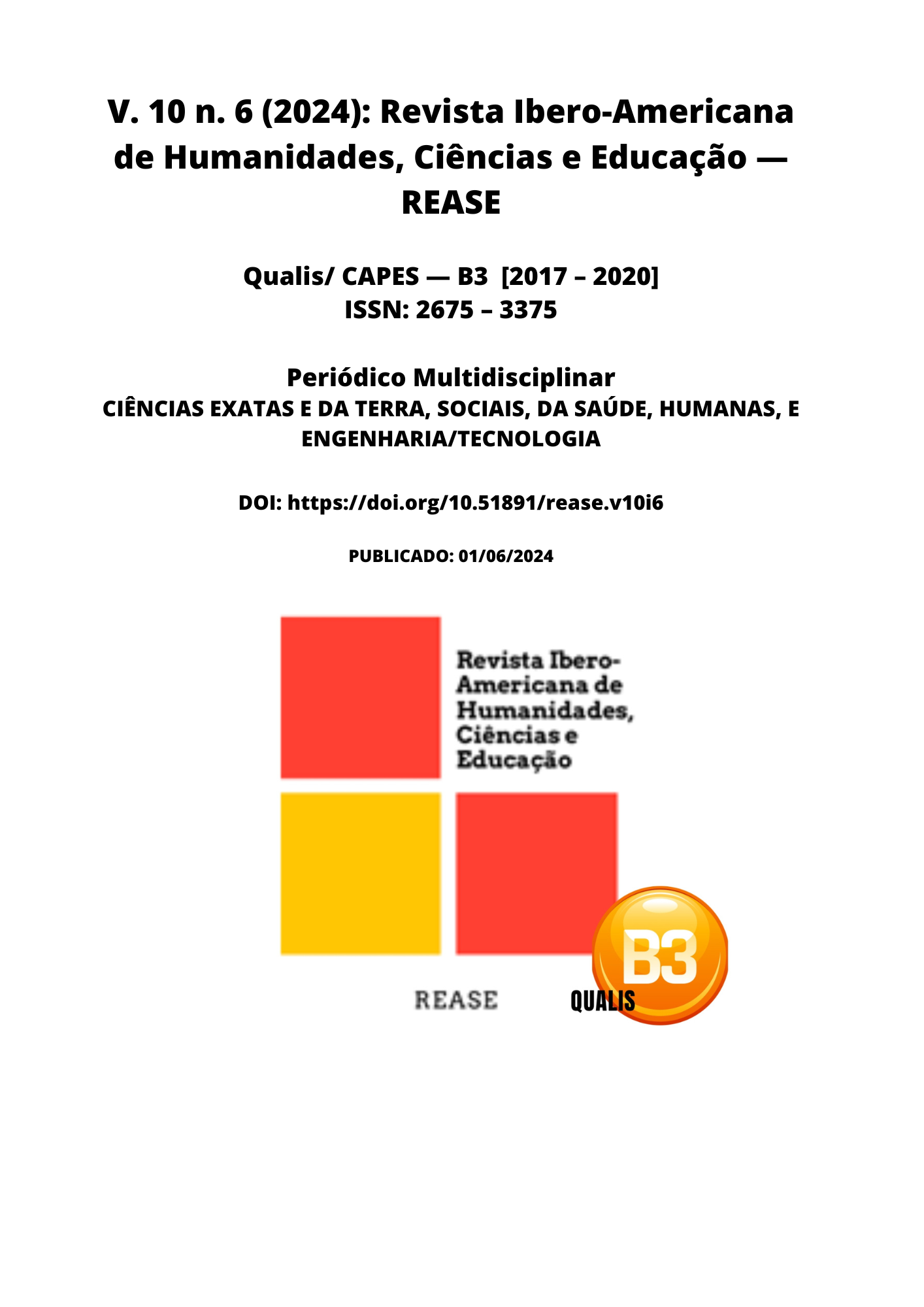UNDERSTANDING KAWASAKI DISEASE: A LITERATURE REVIEW
DOI:
https://doi.org/10.51891/rease.v10i6.14431Keywords:
Mucocutaneous Lymph Node Syndrome. Kawasaki Disease. Signs and Symptoms.Abstract
Kawasaki Disease (KD), also known as mucocutaneous lymph node syndrome, is a systemic vasculitis of unknown etiology that predominantly affects children under five years of age. It is characterized by inflammation of small and medium-sized blood vessels, especially the coronary arteries, and is the main cause of acquired heart disease in children in developed countries. This narrative literature review brought together articles published in the last ten years in the PUBMED and SciELO databases, aiming to indicate the pathophysiology and main clinical manifestations of Kawasaki Disease in the selected literature. It was concluded that KD is a complex and potentially serious pediatric condition that requires rapid diagnosis and treatment to prevent serious complications, especially cardiovascular ones. Although the etiology remains uncertain, advances in therapeutic management have significantly improved the prognosis of patients. Continuity of monitoring and surveillance for complications are essential to ensure the long-term health of affected children.
Downloads
Downloads
Published
How to Cite
Issue
Section
Categories
License
Atribuição CC BY

